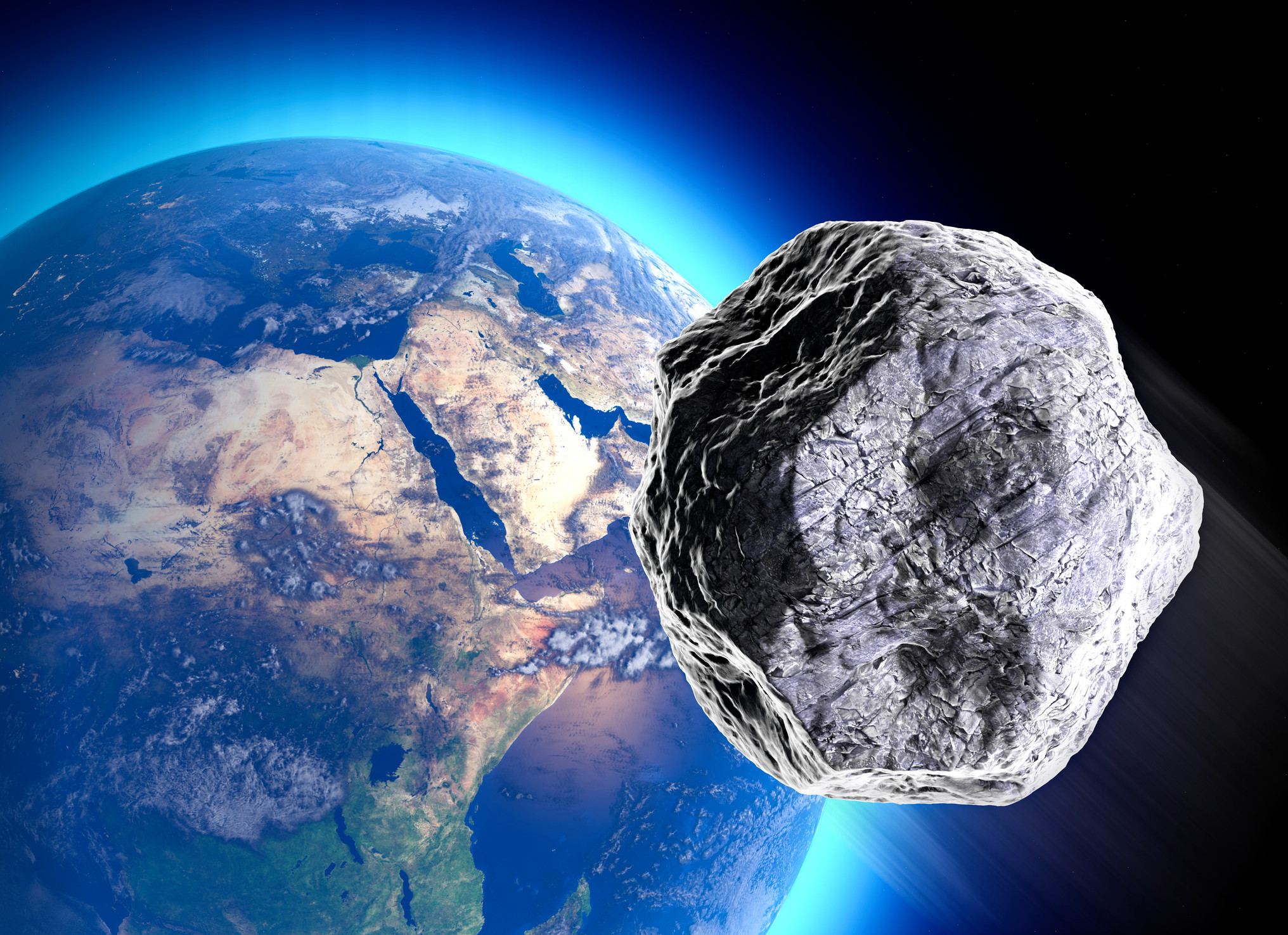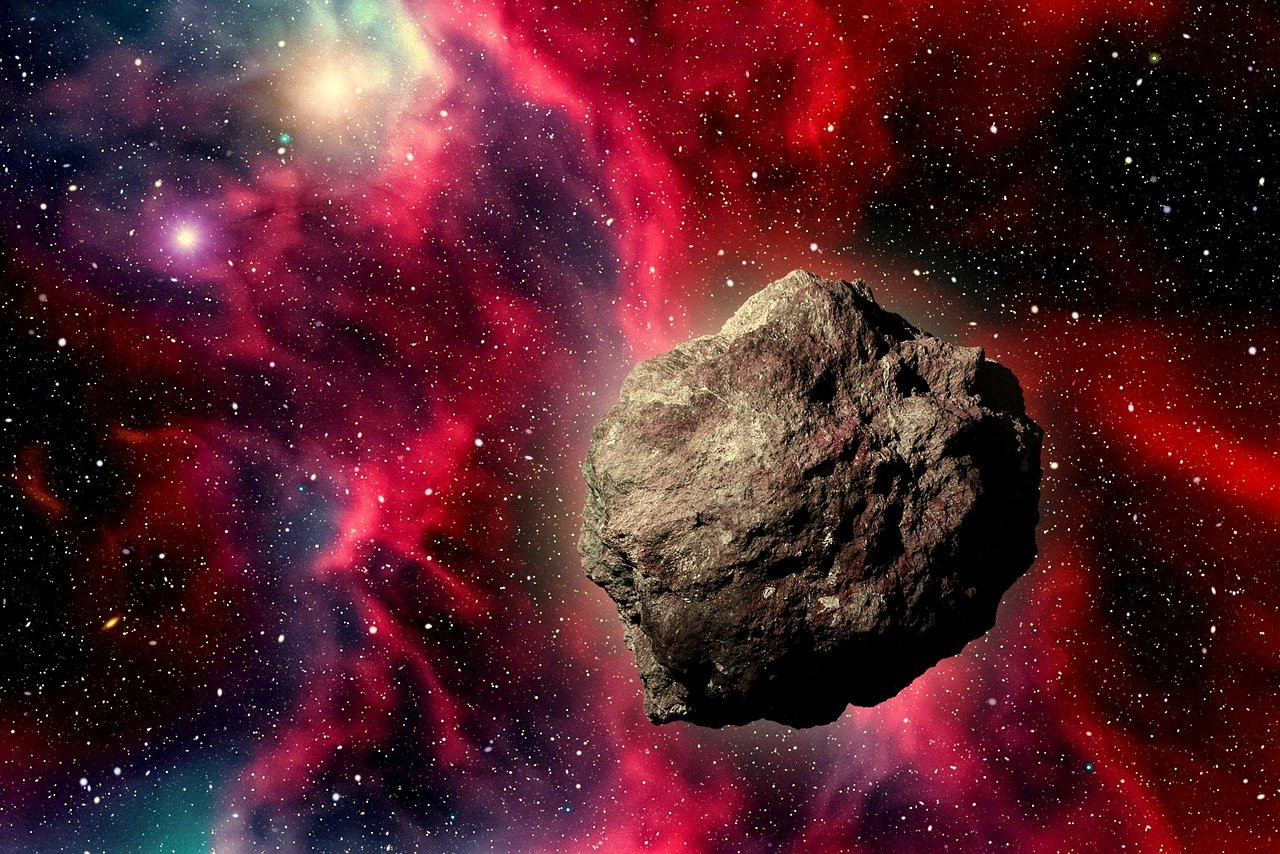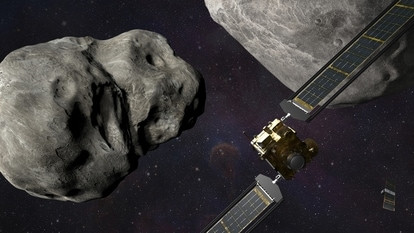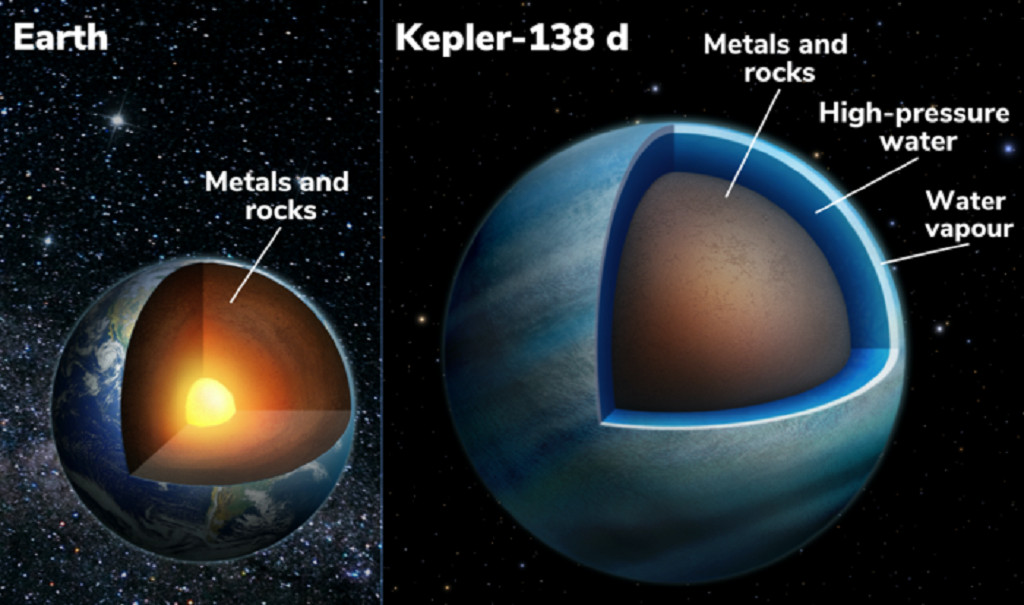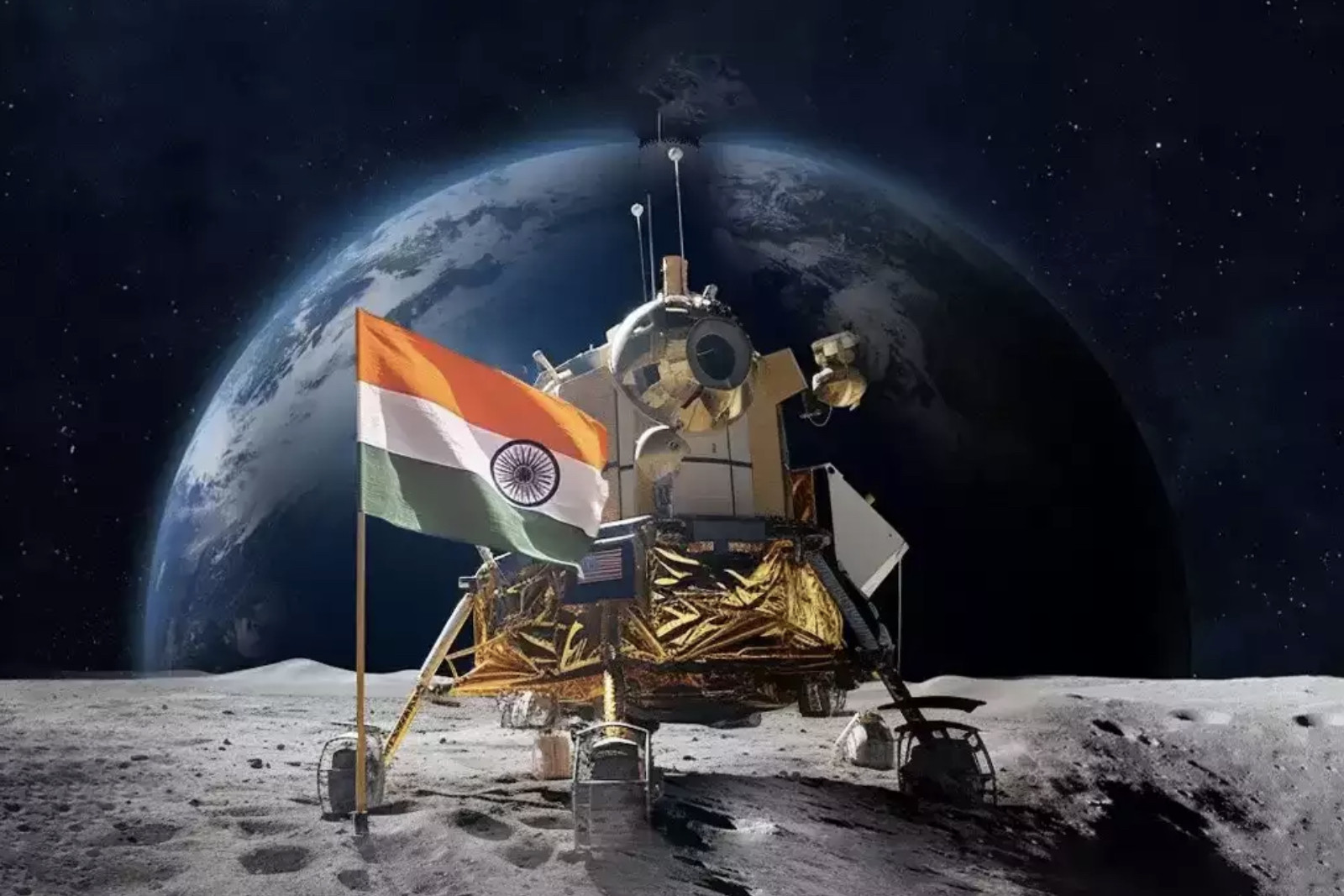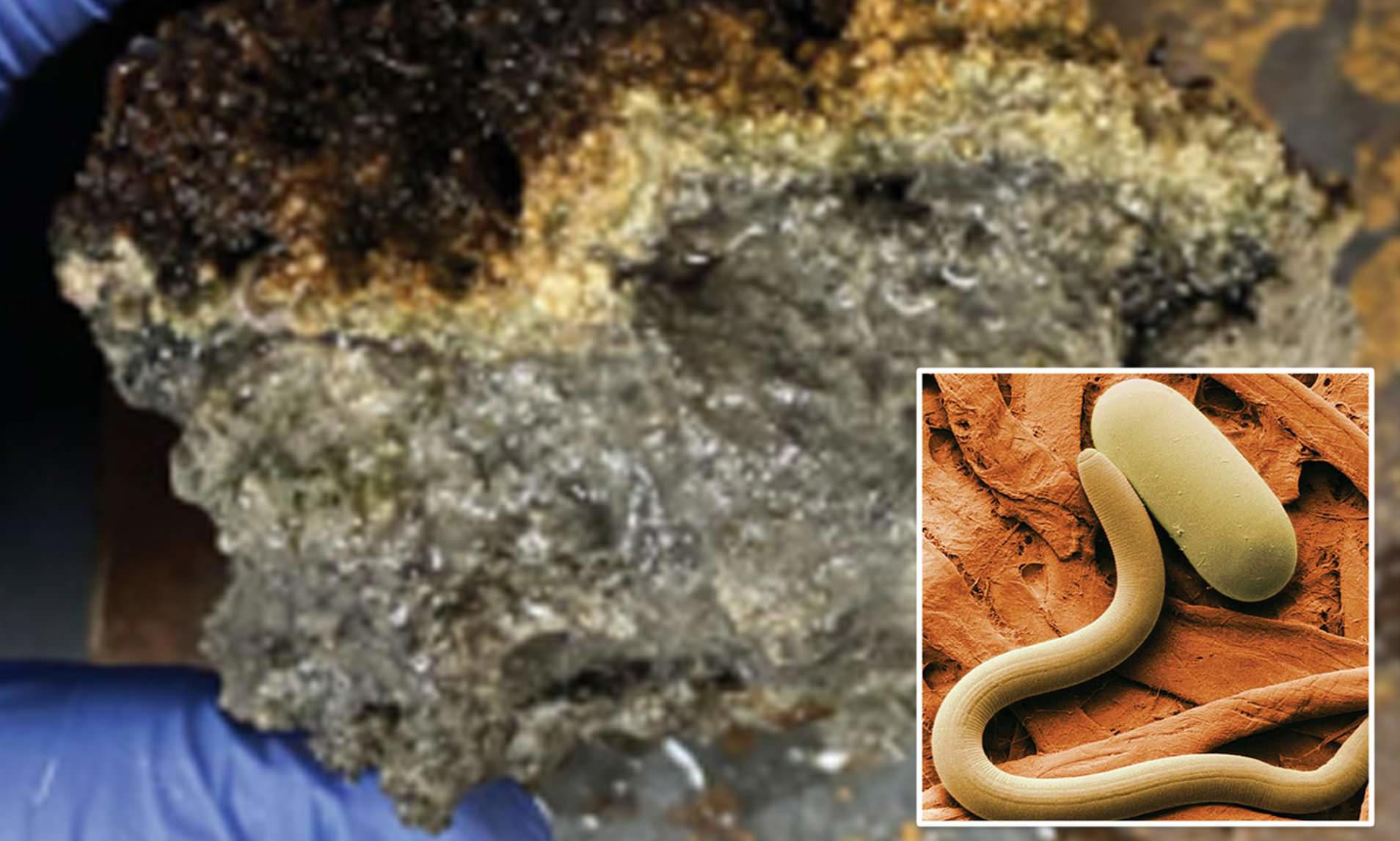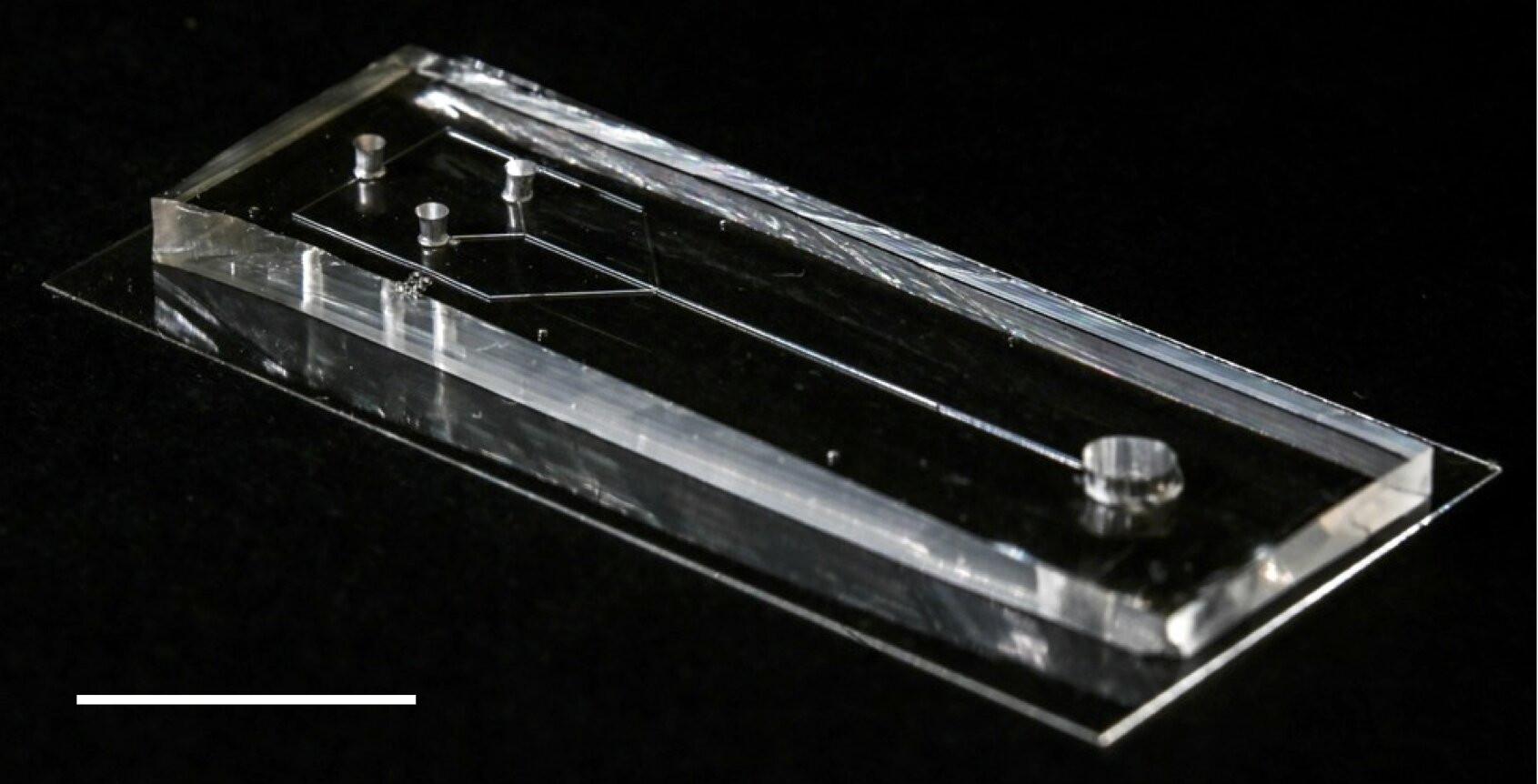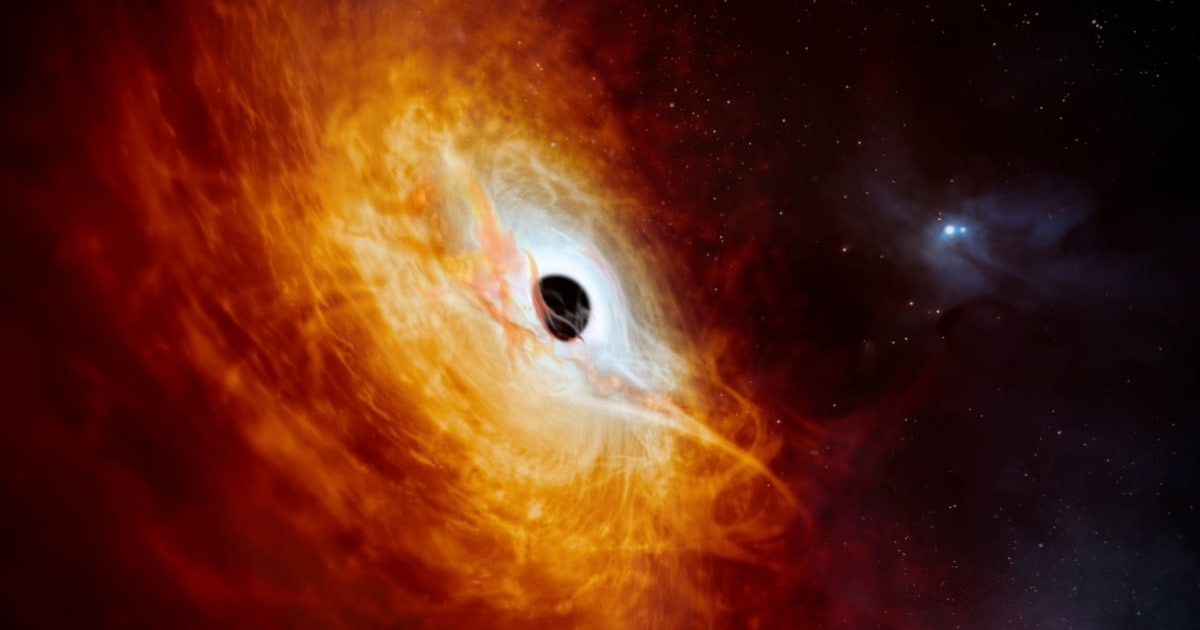The world of science is once again buzzing with excitement. A giant peanut-shaped asteroid, named 2024 JV33, is making its way towards Earth. On August 18, scientists at the Goldstone Solar System Radar in California, USA, captured a series of radar images of the asteroid, providing a glimpse of this celestial body shortly before its approach to our planet. At that time, the asteroid was still 4.6 million kilometers from Earth, roughly twelve times the distance between Earth and the Moon.
What Makes This Asteroid Unique?
What sets 2024 JV33 apart is its peculiar shape: it resembles a colossal peanut. This unusual shape, with two rounded lobes, one larger than the other, hints at an intriguing origin story—a collision and merger of two smaller celestial bodies. Asteroids of this shape are known in astronomy as “contact binary systems.” These systems comprise two large rocks that orbit each other closely, held together by gravity's embrace. Scientists have documented dozens of these contact binaries, but 2024 JV33 has the potential to be one of the most captivating.
2024 JV33: No Immediate Threat, But Still Fascinating
While news of the asteroid's approach might spark a wave of anxiety, scientists assure us that 2024 JV33 poses no immediate threat to Earth. Although classified as “potentially hazardous,” this designation simply means that its orbit could potentially bring it close to Earth in the future. However, there's no reason to be concerned for decades to come. The precise measurements obtained by the Goldstone radar have significantly reduced uncertainties about the asteroid's distance and future trajectory.
A Celestial Giant: Size and Rotation
The size of the asteroid is equally impressive. Scientists estimate 2024 JV33 to be approximately 300 meters long—roughly the length of a sports stadium with three football fields. Interestingly, its length is twice its width. These unusual dimensions make the asteroid an intriguing subject for further study.
Another intriguing aspect is its rotation pattern. It takes about seven hours for the asteroid to complete one rotation around its own axis. This slow rotation suggests a stable structure, allowing it to withstand the rigors of space despite its unusual shape.
The Role of Jupiter and a Potential Cometary Past
The asteroid's orbit holds another captivating detail. It closely resembles the orbits of many comets, heavily influenced by Jupiter's gravitational pull. This elongated orbit raises the possibility that the asteroid might have once been a comet that lost its activity. While no cometary activity has been observed on 2024 JV33, scientists haven't ruled out the possibility that it could be a dormant comet nucleus. If this is the case, it would imply that the asteroid was once part of a larger system of ice and dust traversing the solar system.
The Importance of Asteroid Research
The observation of 2024 JV33 underscores the vital role of asteroid research in the scientific realm. These celestial bodies can provide valuable insights into the formation of our solar system and potentially pose threats to Earth. Technologies like the Goldstone radar and other observatories worldwide allow scientists to closely monitor the movements of these objects, enabling them to predict potential collisions ahead of time.
Jupiter: A Cosmic Shield and a Source of Orbital Perturbations
Jupiter plays a crucial role in the story of asteroids like 2024 JV33. Its powerful gravitational force acts as a cosmic shield, diverting numerous objects that could otherwise collide with Earth. However, Jupiter's gravity can also influence asteroids, placing them in orbits that bring them closer to Earth. This complex interplay between these celestial bodies highlights the dynamic and captivating nature of our solar system.
A Reminder of the Potential Threats from Space
While 2024 JV33 doesn't pose a direct threat, its discovery serves as a reminder that Earth is constantly surrounded by potential threats from space. Earth has experienced numerous asteroid impacts throughout its history, leading to catastrophic events like the extinction of the dinosaurs. Therefore, it's essential to continue researching and monitoring these celestial bodies to be prepared in case a genuine threat arises.
A Peanut-Shaped Asteroid: A Window into the Universe
The giant, peanut-shaped asteroid 2024 JV33 offers fascinating insights into the world of celestial bodies and the forces that sculpt our solar system. Despite its size and classification as potentially hazardous, it doesn't pose an immediate danger to Earth. Its discovery showcases the incredible progress science has made in exploring the universe and warning us of potential perils. Stay tuned for more exciting discoveries from the world of asteroids!




